
While social media platforms rise and fall, and new marketing trends emerge daily, email marketing continues delivering exceptional results for businesses of all sizes. Despite predictions of its demise, email marketing generates an average return of $36 for every dollar spent—making it one of the most cost-effective marketing channels available.
This comprehensive guide explores why email marketing remains essential for modern businesses and how to harness its power effectively. You’ll discover the unique advantages email provides, learn how it compares to other marketing channels, and understand how to build campaigns that drive real results.
Email Marketing Delivers Unmatched ROI

Email marketing’s financial impact sets it apart from other digital marketing channels. The numbers speak for themselves: businesses see an average return on investment of 3,600%. This remarkable performance stems from email’s low cost and high conversion rates.
Unlike paid advertising, where costs increase with reach, email marketing costs remain relatively stable as your list grows. Sending 1,000 emails costs nearly the same as sending 10,000 emails. This scalability means your marketing efficiency improves as your business grows.
Email campaigns also convert at higher rates than social media posts or display ads. While social media engagement rates hover around 1-2%, email open rates average 20-25%, with click-through rates between 2-4%. These higher engagement rates translate directly into more sales and revenue.
You Own Your Email List
Social media platforms control access to your audience. Algorithm changes can dramatically reduce your reach overnight, and platform shutdowns can eliminate years of relationship building. Email marketing gives you direct access to your customers without intermediaries.
When you build an email list, you create a valuable business asset that you completely control. You decide when to contact subscribers, what messages to send, and how to segment your audience. This control provides stability and predictability that social media marketing cannot match.
Email subscribers also demonstrate higher intent than social media followers. People who provide their email addresses show genuine interest in your business and expect to hear from you. This explicit permission creates stronger relationships and higher conversion rates.
Email Enables Personalization at Scale
Modern email marketing platforms allow sophisticated personalization that was impossible just a few years ago. You can customize messages based on subscriber behavior, purchase history, demographics, and preferences.
Personalized emails generate significantly higher engagement rates than generic broadcasts. Using a subscriber’s name increases open rates by 26%, while behavioral triggers like abandoned cart emails convert at rates exceeding 15%.
Advanced segmentation lets you send highly relevant messages to specific audience groups. You might send different content to new subscribers versus long-term customers, or create separate campaigns for different product interests. This precision targeting maximizes relevance and drives better results.
Email Supports Every Stage of the Customer Journey
Email marketing works effectively at every stage of the customer journey, from initial awareness to post-purchase loyalty. This versatility makes it an essential component of comprehensive marketing strategies.
Awareness Stage
Welcome email sequences introduce new subscribers to your brand and establish expectations. These automated campaigns can include company background, product overviews, and exclusive offers for new subscribers. Well-crafted welcome sequences often achieve open rates exceeding 50%.
Consideration Stage
Educational content helps prospects evaluate your solutions. Newsletter campaigns, case studies, and product demonstrations build trust and position your business as an industry authority. Regular communication keeps your brand top-of-mind during the decision-making process.
Purchase Stage
Promotional emails drive immediate action with limited-time offers, product launches, and exclusive discounts. These campaigns create urgency and provide compelling reasons to buy now rather than later.
Retention Stage
Post-purchase emails strengthen customer relationships and encourage repeat business. Order confirmations, shipping updates, and follow-up surveys enhance the customer experience. Loyalty programs and exclusive offers for existing customers increase lifetime value.
Email Integration Enhances Other Marketing Channels
Email marketing doesn’t operate in isolation—it amplifies the effectiveness of other marketing channels. Integration creates cohesive customer experiences that drive better results across all touchpoints.
Social media campaigns can drive email signups, while email campaigns can increase social media followers. Blog content can be repurposed into email newsletters, and email campaigns can drive traffic to new blog posts. This cross-channel synergy maximizes your marketing investment.
Customer data from email campaigns provides valuable insights for other marketing efforts. Email engagement metrics reveal customer preferences, content interests, and behavioral patterns. This information improves targeting for paid advertising, content creation, and product development.
Email Marketing Builds Long-Term Relationships
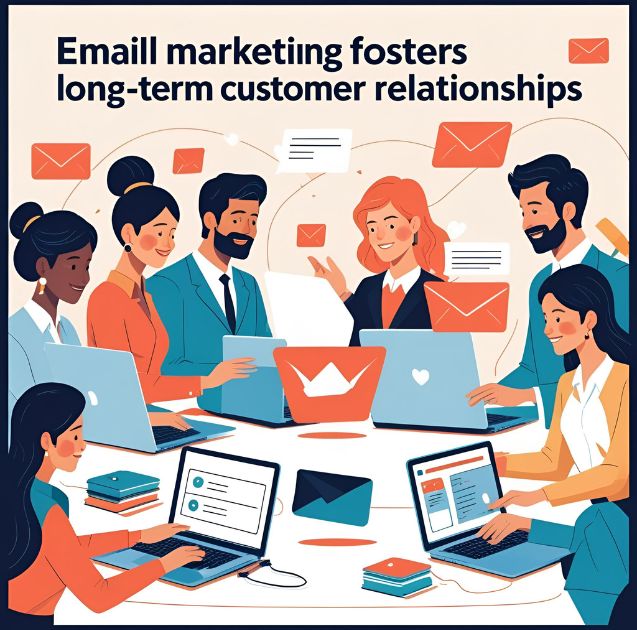
Email marketing excels at nurturing long-term customer relationships. Regular communication keeps your brand visible and relevant, while valuable content builds trust and authority.
Unlike one-time advertising interactions, email creates an ongoing dialogue with customers. You can share company updates, industry insights, and helpful tips that provide value beyond direct sales pitches. This relationship-building approach creates customer loyalty that withstands competitive pressure.
Email campaigns also provide opportunities for two-way communication. Subscribers can reply to emails, participate in surveys, or engage with interactive content. This engagement helps you understand customer needs and preferences better.
Automation Maximizes Efficiency
Email automation handles routine communications while you focus on strategy and growth. Automated campaigns respond to subscriber actions, send timely messages, and nurture leads without manual intervention.
Common automation scenarios include welcome sequences for new subscribers, abandoned cart reminders for e-commerce customers, and re-engagement campaigns for inactive subscribers. These automated workflows operate 24/7, ensuring consistent communication without constant management.
Advanced automation can create complex customer journeys based on multiple triggers and conditions. A subscriber might receive different content based on their location, purchase history, and engagement level. This sophisticated automation provides personalized experiences at scale.
Email Marketing Adapts to Mobile Behavior
Mobile devices account for over 60% of email opens, making mobile optimization essential. Email marketing platforms provide responsive templates that adapt to different screen sizes automatically.
Mobile-optimized emails load quickly, display correctly and provide easy navigation on smartphones and tablets. This mobile-first approach ensures your messages reach customers regardless of how they access email.
Mobile integration also enables location-based marketing and real-time notifications. You can send location-specific offers, event reminders, and time-sensitive promotions that leverage mobile capabilities.
Measuring Email Marketing Success
Email marketing provides detailed analytics that helps you optimize performance and prove ROI. Key metrics include open rates, click-through rates, conversion rates, and unsubscribe rates.
Advanced analytics reveal subscriber behavior patterns, content preferences, and campaign performance trends. This data enables continuous improvement and more effective targeting.
A/B testing allows you to compare different subject lines, content formats, and send times. These experiments provide insights that improve future campaigns and increase overall effectiveness.
Email Marketing Compliance and Best Practices
Successful email marketing requires compliance with regulations like CAN-SPAM, GDPR, and CCPA. These laws protect consumer privacy and ensure responsible marketing practices.
Best practices include obtaining explicit consent before adding subscribers, providing clear unsubscribe options, and maintaining clean email lists. Following these guidelines protects your reputation and ensures deliverability.
Permission-based marketing builds stronger relationships than purchased lists or aggressive tactics. Subscribers who voluntarily join your list show genuine interest and engage at higher rates.
Common Email Marketing Mistakes to Avoid
Several common mistakes can undermine email marketing effectiveness. Avoiding these pitfalls helps you maximize results and maintain subscriber engagement.
Sending too many emails can overwhelm subscribers and increase unsubscribe rates. Finding the right frequency depends on your audience and content quality. Monitor engagement metrics to identify optimal sending schedules.
Generic content that doesn’t provide value will quickly lose subscriber interest. Focus on helpful, relevant content that addresses subscriber needs and interests. Mix promotional messages with educational content and industry insights.
Neglecting mobile optimization can significantly reduce engagement. Test all emails on mobile devices and use responsive design templates that adapt to different screen sizes.
Building Your Email Marketing Strategy
Creating an effective email marketing strategy starts with defining clear goals and understanding your audience. Consider what you want to achieve—whether it’s increasing sales, building brand awareness, or improving customer retention.
Develop a content calendar that balances promotional messages with valuable content. Regular newsletters, product updates, and educational content create consistent touchpoints with subscribers.
Choose an email marketing platform that matches your needs and budget. Popular options include Mailchimp, Constant Contact, and HubSpot. Consider features like automation, segmentation, and analytics when making your selection.
Starting Your Email Marketing Journey
Email marketing remains a cornerstone of effective digital marketing strategies. Its combination of high ROI, direct customer access, and personalization capabilities makes it essential for businesses seeking sustainable growth.
Begin by selecting an email marketing platform and creating a simple lead magnet to attract subscribers. Focus on building a quality list of engaged subscribers rather than pursuing quantity alone.
Develop a content strategy that provides value to subscribers while supporting your business goals. Consistency and relevance matter more than frequency—it’s better to send fewer high-quality emails than frequent low-value messages.
Start with basic campaigns and gradually incorporate advanced features like automation and segmentation. Email marketing success comes from consistent effort and continuous optimization based on subscriber feedback and performance data.


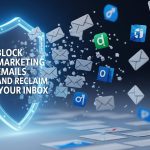

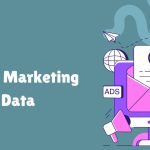


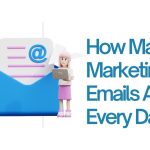

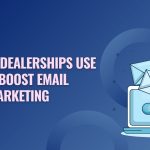




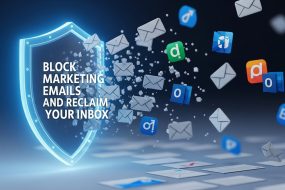
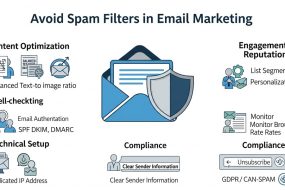
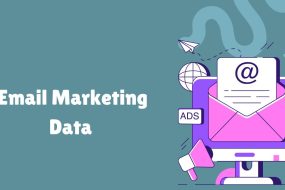
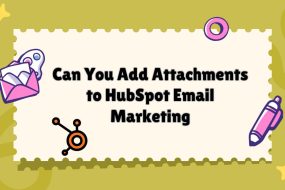
No Comments